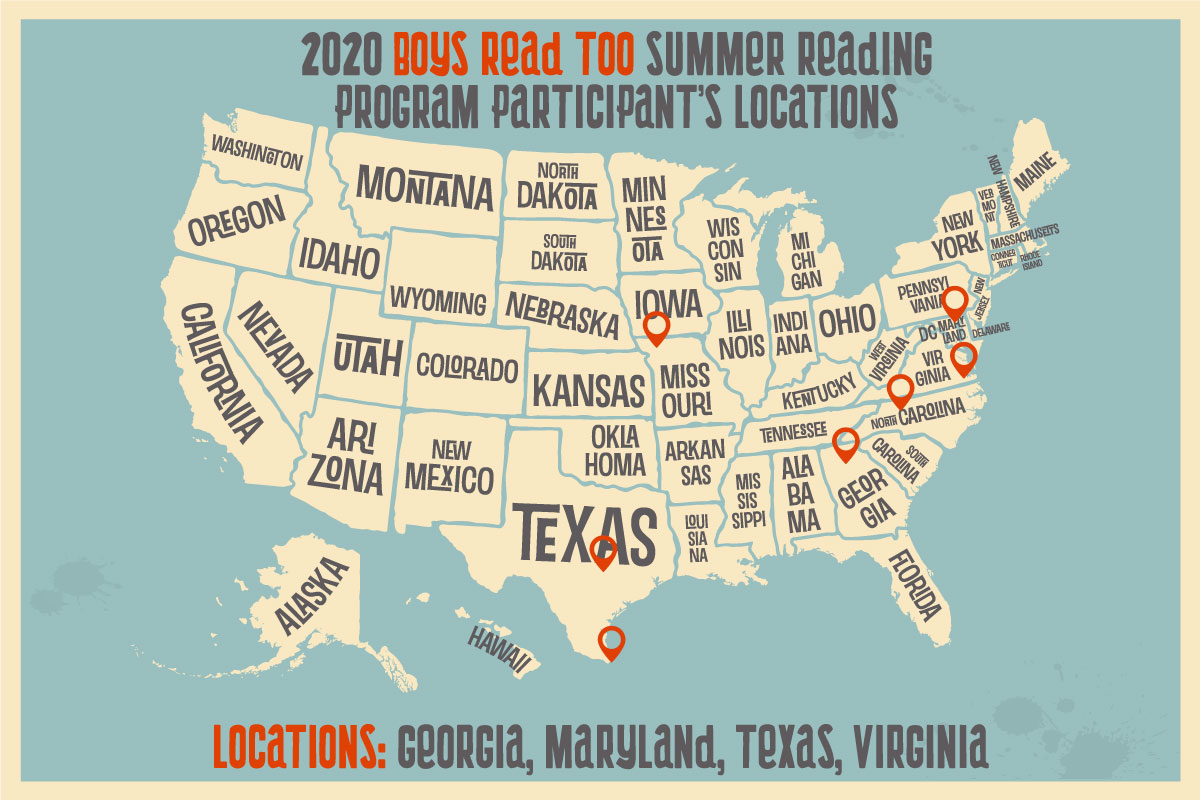Taking the Mystery out of Qualifying for U.S. Colleges and Scholarships

For many families, sending their children to an American college or university is both a dream and a mystery; this is especially true for parents who have never attended college, and for those who live abroad. When parents leave the hospital with their newborn, they aren’t given a roadmap to follow. Mothers and fathers are rightfully focused on feeding and taking care of their child’s immediate physical needs, but what about mental stimulation? What should they do to prepare them for a bright future? Which activities will help them in school? How do they ensure their child becomes qualified to attend college? As Warren Buffet once said, “Risk comes from not knowing what you are doing.” It’s a gamble to rely exclusively on school personnel, as many schools have neither the staff nor the resources to help students find their way to college. Families are often left to figure it out for themselves. When to begin? What to do? How to earn scholarships? Raising children is always an adventure, but preparing them for college shouldn’t be a nightmare.
Each year, approximately 10.2 million students apply to enter college in the United States (Desilver, 2019). In addition to the students who attended high school in the U.S., over 1 million international students also apply (Batalova & Zong, 2018). The families of these students believe they have it all figured out. However, according to the U.S. Department of Education, the acceptance rate for freshmen is only 65.4%. Even fewer applicants earn enough scholarship money to pay for tuition, books, fees, or room and board for the four or five years it takes to graduate. To be accepted to a U.S. college or university and to earn enough scholarship money to pay for it, families and students must do the right things at the right time.

Apply for Scholarships Early and Often
College applications are rejected for several reasons. Some students don’t fulfill all the requirements for admission. Even when they do, many students stop there and don’t go beyond. Several fail to follow directions or meet deadlines. They also don’t apply to enough colleges or for as many scholarships as necessary. The average applicant applies to 6.8 colleges or universities before being accepted (Pew Research Center, 2019). The average college-bound student applies for 3-7 scholarships per week while in high school (Levenstein, 2019).
Since there are scholarships for students as early as elementary school, this is a good time to begin applying. Parents should develop the habit of researching appropriate scholarships and applying for a few each month. Once children have entered middle school, increase the frequency of applying to a few each week. When students enter high school, they should take over the job of applying for scholarships. Pick a day and time and routinely apply for a minimum of three scholarships each week as a freshman. Increase this number to six each week as a senior until enough free money has been accumulated to pay for four years of college tuition, fees, books, room, and board. But don’t stop there. Even after beginning college, there is scholarship money to be found.
Applying for college acceptance is another matter, as this often involves paying an application fee. Fees run between $25 and $90 each. Make a list of ten colleges or universities which are appropriate based upon the field of study and location desired. Be sure to include some institutions that are “safe” in which most students who apply are accepted, but don’t forget to include some which may be a “reach” and highly prized. The rest should be within the student’s target, where they think they would be happy studying for four or five years.
Go Beyond the Basic Admissions Requirements
The majority of U.S. high school teachers, counselors, and their students are aware of the basic requirements for college admission. This doesn’t make them immune from making mistakes, however. Many counselors focus on students meeting graduation requirements for high school, and overlook requirements for admission to college. When this happens, students can find their applications rejected. The most common such error is in meeting the two-year foreign language requirement. Many high schools require only one year, and that leaves students short. What colleges actually prefer is three years of study in one language or two years of study in two languages. If you want your application to stand out from the rest, it’s possible to take three years of one language and two years of another. This is particularly easy for students who speak a second language at home.
Beyond meeting these basic requirements for admission to U.S. colleges and universities, families are wise to adopt the habits of successful scholarship students. This not only ensures admission but also results in students earning more scholarships and grants. Most families start thinking about college when their child starts high school. Some wait even longer until their child is a high school junior or senior (sixteen to eighteen years old). This is a mistake. As Abraham Lincoln said, “Things may come to those who wait, but only the things left behind by those who hustle.” The best time to begin preparing a child to be accepted into college, and to earn enough scholarship money to pay for it, is when a child is still in diapers. There’s an international movement based on this assertion and supported by the nonprofit organization Zero to Three. The early development of a child is crucial for future success, as these years are significant to the brain development necessary for success in school and beyond. While a child is not yet in pre-school, parents play a major role. Not only do they feed and protect their children, but they are their first teachers. Talking, reading, singing, and playing with babies is as important to their development and future success as providing proper nutrition.
Enroll in College Enrichment Programs
Once a child begins school, parental support of his or her learning does not stop. Enrichment programs such as music can play a significant role in accelerating brain development. Studies show music instruction impacts a child’s social, emotional, and cognitive development (Gersema, 2016). Positive results can be seen in math, science, and language classes, even later in high school. Successful scholarship winners often have music lessons early in childhood. Another strategy that has proven helpful in being accepted into college, and in earning more college scholarship money, is enrolling in enrichment courses offered by colleges or universities. Sometimes students go to summer camp or get a part-time job. While these have some benefits, they don’t yield the same results. Colleges and universities prefer to see students challenged by the rigor that exists in courses and workshops held on college campuses. It doesn’t matter if the classes are held in the U.S. or abroad. As long as students are enrolled in programs that are sponsored by community colleges, four-year public or private colleges or universities, and complete them successfully, they reap the rewards.
Before selecting a summer enrichment course, it’s wise to make sure the subject being covered is one in which the child is interested, and excels. If it’s not, success is unlikely. A child should be excited to attend. This is enrichment, not remediation or babysitting. Support a student’s curiosity about each subject selected throughout the years, and allow her to explore them in this way. Always leave these courses with a letter of recommendation from the person who taught the class. It doesn’t matter how young the child is at the time. Such letters will become the foundation of a résumé to be submitted to colleges and scholarship committees in the future.
Summer enrichment courses are also valuable for high school students. So are family dinners, regular bedtimes, nutritious breakfasts, etc. Don’t stop family traditions begun when children were younger. The teenage years can be difficult, especially if the connection between parent and child is dissolved. Keep it strong, so students can continue to thrive as competition to perform increases. Students whose parents began preparing them for college early in life are not fazed by the transition from middle school to high school. They don’t feel the same stress others feel because they know they have a plan to follow.

Find a Mentor
One of the first things students should do when entering high school is to identify which adult on campus is the resident expert on all things college. This is most likely one of the school’s counselors or the staff member who runs the career center if there is one on campus. At the first opportunity, confident students introduce themselves to this person and let them know they plan to attend college. They then stop by their office to touch base at regular intervals. By doing so, upcoming events and deadlines are never missed. The counselor makes sure this student takes all required classes in order to be admitted to college, and not just graduate from high school; this provides a distinct advantage.
If the school does not have a career center, and no one on the faculty appears to be well versed in college requirements, it’s up to the student or family to find a mentor. This can be an older student or someone who has already graduated from high school and attended college in the U.S. There are alumni organizations at high schools which may come in handy in finding someone appropriate. There are also clubs and civic groups that might supply a mentor. Finding someone to ensure that a student is taking all the right courses and fulfilling all the written and unwritten requirements is vital. As John Maxwell famously once said, “One of the greatest values of mentors is the ability to see ahead what others cannot see and to help them navigate a course to their destination.”
Keep Accurate Records from an Early Age
Some families are quite organized and keep track of every enrichment course, special event and award, and this gives their children a distinct advantage when applying for college admission, scholarships, and grants. Keeping a chronological journal of such participation, and a file in which to store letters of recommendation is a simple and effective way to give children this support. Be sure to ask for letters at every opportunity. Doing so may feel uncomfortable at first, but it’s a short term discomfort in trade for long term benefit. Each chapter of my book, Free College, ends with an Action Plan, and several lined pages on which to record activities, awards, enrichment courses, etc. Keeping track of all such events as they happen is far easier than trying to remember them later. Since most people fail to keep records, this is one way to ensure that a child’s application stands out.

The Cost of College
Attending a community college in the U.S. is the most frugal option for both U.S. citizens and international students. Presently, over 13 million students attend the 1,132 community colleges in the U.S. Of this number, about 90,000 are international students (Caldwell, 2016). Although these colleges provide a two-year program only, the savings are substantial. The average cost per year at a community college is $3,347, while the cost of attending a public four-year college or university is $9,139. If costs are an issue, it’s wise to consider community college as an option for the first two years and then transfer to a four-year college to finish getting a degree. Make sure to consult the counseling staff at the prospective four-year college to verify courses taken at the community college are transferable.
If families started applying for college scholarships when their children were still attending elementary school and continued until it was time to decide where to attend college, there might be enough scholarship money accumulated to make attending a four-year public college essentially free. If money is not a concern, attending one of the 1,845 private colleges and universities in the U.S. is always a possibility. Keep in mind, though, the price tag averages $41,426 per year. Most students take between four and five years to earn their degrees. If going on to post-graduate work, the final bill may be astronomical. Families should decide if the perceived prestige attached to the name of the college is worth the financial obligation. The source of the degrees of students who study Business or Liberal Arts appears to make a difference in future earnings. In other fields, Education, Science, Technology, Engineering, Math, etc., there was no statistical difference in future earnings (Hofherr, 2016).

One of the most important considerations when selecting a college or university is accreditation. Only consider colleges and universities which are accredited. Students should also determine the subjects they wish to study and research which colleges offer a full program in their chosen field. It’s also important to examine the location of the university. Make sure it’s pleasant enough to stay there for the four to five years it will take to graduate. Is it a suitable area in which to live? Is it safe? Look at the neighboring community as well. Many college graduates find jobs in the area surrounding their college after graduation and never return home. Decide if it’s acceptable to be so far from family for years to come.
The final factor to consider is cost. If all else is equal, applying to colleges and universities that will leave students with zero debt upon graduation is preferable. There’s more than $46 billion in grants and scholarships available each year (Fay, n.d.). That’s more than enough for qualifying students to graduate from college debt-free. For more tips on how to raise children who will qualify for college acceptance and earn enough scholarships to cover the cost, read Free College, available on Amazon worldwide. The book has been endorsed by several prominent educational and career experts. Rett Lemoult, CEO of Formulas for Success, said “This is not only a guide to getting into college for free but practical ideas that will help them do what will make them successful in later life.”
To modify a famous Chinese proverb, the best time to begin preparing your children for college was when they were in diapers. The second best time is now. Nurture your children. Spend time with them, no matter their ages. It’s the most effective way to help them develop self-esteem. Expose them to art, music, literature, science, and sports. Take them on trips. Spend time in nature and experiencing other cultures. Visit colleges and museums. Cook together, dine together, and dream about what they want to be in the future. Keep track of their experiences, so writing college and scholarship application essays will be easier when the time comes. Start applying for scholarships long before they enter high school. Don’t put it off. Nothing good comes from delaying, and you might just accumulate enough scholarship money so they will enjoy Free College.
This article is available and can be accessed in Spanish here.
Caldwell, T. (2012, May 10). For International Students, a Guide to U. S. Community Colleges. Retrieved from https://india.blogs.nytimes.com/2012/05/10/an-international-students-guide-to-community-colleges/.
Desilver, D. (2019). A Majority of U.S. Colleges Admit Most Students Who Apply. Retrieved from http://pewresearch.org/fast-tank/2019/04/09/a-majority-of-u-s-colleges-admit-most-who-apply/.
Fay, M. (n.d.). Scholarships & Grants for College Students. Retrieved from http://debt.org/students/scholarships-and-grants/.
Gersema, E. (2016, June 20). Child’s Brains Develop Faster with Music Training. Retrieved from http://news.usc.edu/102681/childrens-brains-develop-faster-with-music-training/.
Hofherr, J. (2016, February 2). Going to an Elite College Only Matters for Some Professions. Retrieved from http://scholarshipinformer.com/applying-for-scholarships/.
Levenstein, A. (2019, February 20). How Many Scholarships Should You Be Applying For? [weblog post]. Retrieved from http://scholarshipinformer.com/applying-for-scholarships/.
Zong, J. and Batalova, J. (2018). International Students in the United States. Retrieved from http://migrationpolicy.org/article/international-students-united-states









